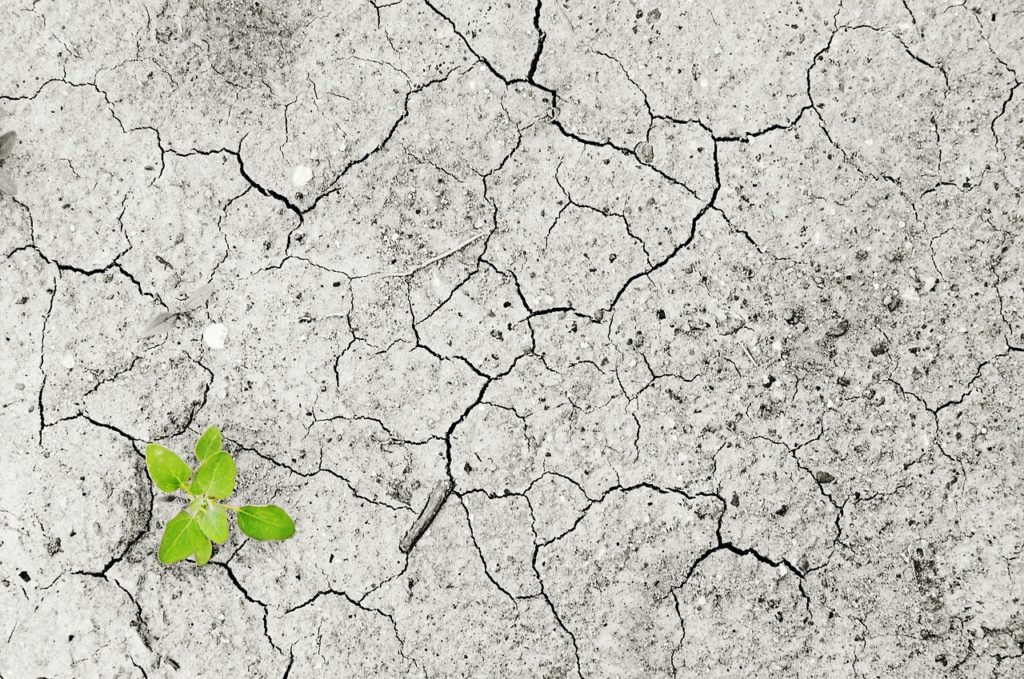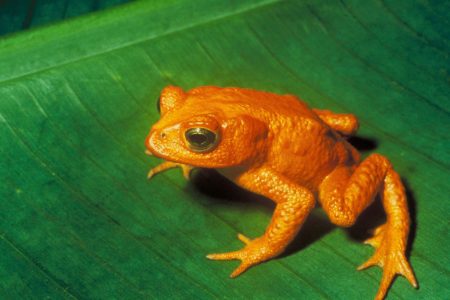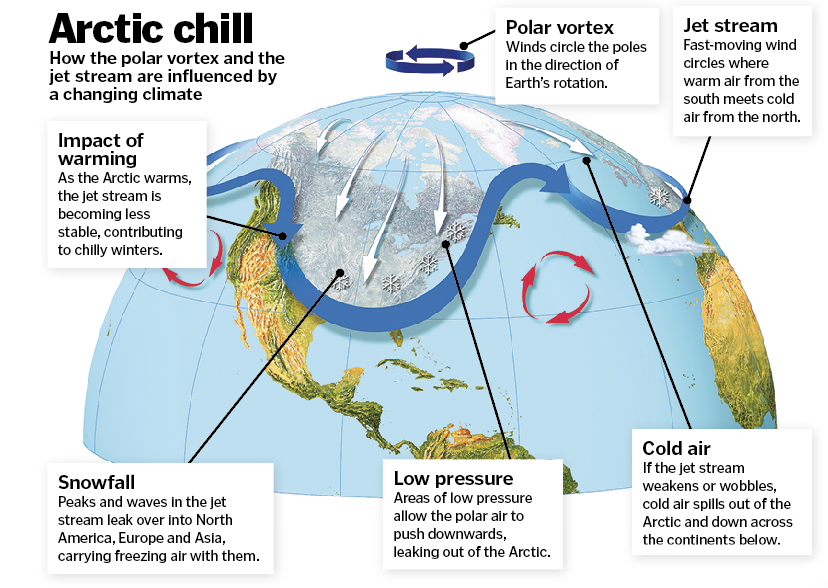Climate Change: Myths busted!

Discover the answers to some of the most common misconceptions about climate change
“There’s no global warming because the weather’s been colder!”
This past winters, temperatures in southern Europe have plunged to double figures below freezing, and countries used to mild weather were carpeted in thick snow. In the face of this Arctic weather, it’s no wonder that climate sceptics find global warming hard to believe. But weather isn’t the same as climate. Weather is the state of the atmosphere for a short period, climate describes what’s happening long-term.
The Arctic is circled by a polar vortex – circular winds that contain the chilly air. At the edges, the vortex interacts with a jet stream that brings warm air up from the equator. Normally, the worst of the winter chill is confined by this air movement, but an increase in air pressure over the Arctic, or a disruption in the jet stream, can send frigid weather southwards.
Overall, global temperatures have been rising and it’s about a degree hotter today than it was in 1880. While fluctuations in air movement have been sending cold weather into North America, Europe and Asia, the average temperature has been climbing, hence the widespread concern.
“More CO2 is a good thing because plants need it”
Carbon dioxide is a key ingredient of photosynthesis. Plants combine it with water under the power of the sunlight to create sugars, which, in turn, indirectly provide energy for pretty much every living thing on the planet. Without carbon dioxide, we wouldn’t be here.
Adding more carbon dioxide to the atmosphere does boost plant growth, but in the context of climate change it’s not that simple. Stanford University performed a three-year experiment to test what would happen to plant life 100 years from now if our planet keeps changing as predicted.
They doubled the carbon dioxide, raised the temperature by one degree, increased rainfall and increased soil nitrogen (an effect of fossil fuel burning). Under these combined conditions, plant growth stalled.
“Animals can adapt to climate change”

Since life first emerged, Earth’s temperature has fluctuated wildly. In the Eocene, it was around 14 degrees Celsius warmer than today, and during the last ice age, it was over four degrees colder.
Species can change their habits, move their homes or even evolve to escape climate change. For example, two-spot ladybirds can be either black with red spots, or red with black. Numbers used to be about equal, but now most are red as it seems to help keep them cool. Pink salmon are spawning earlier in warmer waters, and the quino checkerspot butterfly is moving to higher altitudes.
But these kinds of quick fixes aren’t possible for every species. Climate change is happening fast, and evolution is notoriously slow. Many species are struggling to adapt to their changing world.
“Climate change is a conspiracy!”
This myth is the hardest to counter. Many people are automatically sceptical of any evidence climate experts might present. Climate change isn’t just about science – it’s also about politics. Changing the way the world works is going to be hard, and it’s no wonder that the research is meeting resistance, not least because researchers are still teasing apart the science. Our understanding is building and changing year by year.
But the truth is that internationally respected organisations like the IPCC, NASA, NOAA and the National Academies of Science from over 80 countries agree climate change is happening. The scientific consensus is that human activity is likely to be the cause. When the link between smoking and lung cancer was made, tobacco companies fought to discredit it. Now fossil fuels are in the firing line.
“The climate changes we’re seeing today are completely natural”
Earth has been warmer before. In fact, it’s been much warmer. Geological records can reveal the state of the planet in the distant past, and during the Early Eocene Period, 54-48 million years ago, temperatures were up to 14 degrees higher than today. It was so hot that the ice at both poles completely melted.
Our orbit around the Sun is uneven, and as we drift closer to or further from our star, this affects our planet’s climate and has been linked to the onset of ice ages. The Sun brightens from time to time, kicking out more energy, and volcanic eruptions can fill Earth’s atmosphere with carbon dioxide (heating things up) or light-blocking particles (cooling things down). These factors have changed the temperature of the Earth, and will continue to affect it in the future, but that’s not what’s happening now.
Over the past few decades, temperatures have been rising fast. Sophisticated models of global temperature, ignoring any human input, can recreate the patterns we’ve observed up until the 1950s, but after that point they can’t account for what’s going on. Factor in the effects of the emissions humans are creating, and suddenly the models fit.
This article was originally published in How It Works issue 97, written by Laura Mears
For more science and technology articles, pick up the latest copy of How It Works from all good retailers or from our website now. If you have a tablet or smartphone, you can also download the digital version onto your iOS or Android device. To make sure you never miss an issue of How It Works magazine, subscribe today!







